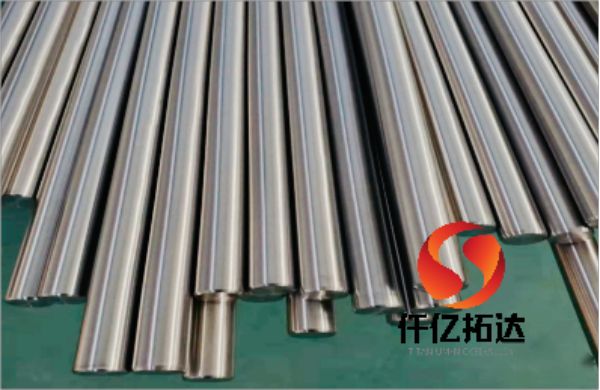Connection and installation requirements for nickel flanges
—— Connection and installation requirements for nickel flanges
[ 信息发布:本站 | 时间:2024-03-11 | 浏览:498 ]
Connection and installation requirements for nickel flanges

The connection and installation of nickel flanges require careful attention to ensure proper alignment, sealing, and integrity of the piping system. Here are the key connection and installation requirements for nickel flanges:
1. Surface Preparation:
- Flange Faces: Ensure that the flange faces are clean, smooth, and free from any contaminants, rust, or debris that could affect the sealing integrity.
- Gaskets: Verify that the gaskets are clean, undamaged, and compatible with the fluid and temperature requirements of the application.
2. Flange Alignment:
- Alignment: Properly align the bolt holes of the flanges to facilitate bolt insertion and ensure a uniform distribution of stress across the flange faces.
- Centering: Center the flanges around the pipe axis to avoid misalignment, which can lead to uneven loading and potential leakage.
3. Bolt Tightening:
- Bolt Selection: Use suitable bolts, nuts, and washers made of materials compatible with nickel flanges and the operating conditions.
- Torque: Tighten the bolts evenly and sequentially in a cross-pattern to the specified torque values recommended by the flange manufacturer or industry standards.
- Tensioning: Consider bolt tensioning methods for large-diameter flanges or high-pressure applications to achieve uniform bolt loading and gasket compression.
4. Gasket Installation:
- Gasket Positioning: Place the gasket between the flange faces, ensuring proper alignment with the bolt holes and concentricity with the pipe bore.
- Gasket Selection: Select the appropriate type of gasket (e.g., spiral wound, compressed fiber, metal ring) based on the operating conditions, pressure, temperature, and fluid compatibility.
- Gasket Compression: Apply controlled compression to the gasket by tightening the bolts gradually to avoid over-compression or damage to the gasket.
5. Flange Joint Inspection:
- Visual Inspection: Inspect the flange joint for alignment, flushness, and uniformity of bolt loading after tightening.
- Leak Testing: Perform a leak test, such as a hydrostatic test or pneumatic test, to verify the integrity of the flange joint and gasket sealing under pressure.
6. Flange Protection:
- Corrosion Protection: Apply corrosion protection coatings or inhibitors to the flange surfaces, especially in corrosive environments or during long-term storage.
- Environmental Protection: Protect the flange joint from external elements, such as moisture, chemicals, and debris, that could degrade the sealing integrity or corrode the flange surfaces.
7. Flange Safety:
- Safety Measures: Follow appropriate safety protocols, including wearing personal protective equipment (PPE), using lifting equipment for heavy flanges, and adhering to safe work practices during installation.
By adhering to these connection and installation requirements, operators can ensure the proper assembly, sealing, and performance of nickel flanges in piping systems, minimizing the risk of leaks, failures, and operational disruptions. Regular inspection, maintenance, and adherence to industry best practices further contribute to the reliability and integrity of flange connections over their service life.
Ms. Vivian (王宁宁)Sales Manager
Shaanxi Qianyi Tuoda Technology Co., Ltd
Email:qy002@sxqytd.com
Phone/WhatsApp/ Wechat: +8618829679311
Address: Building 4, Hi-tech Development Zone,
Baoji City, Shaanxi Province, China
Website:www.sxqytd.com
Titanium Metal, Nickel Metal, Titanium Sheets, Titanium Tubes, Titanium Bars, Titanium Wire, Titanium Ingots, Nickel Sheets, Nickel Tubes, Nickel Bars, Titanium Alloys, Nickel Alloys, Titanium Fasteners, Titanium Jewelry
